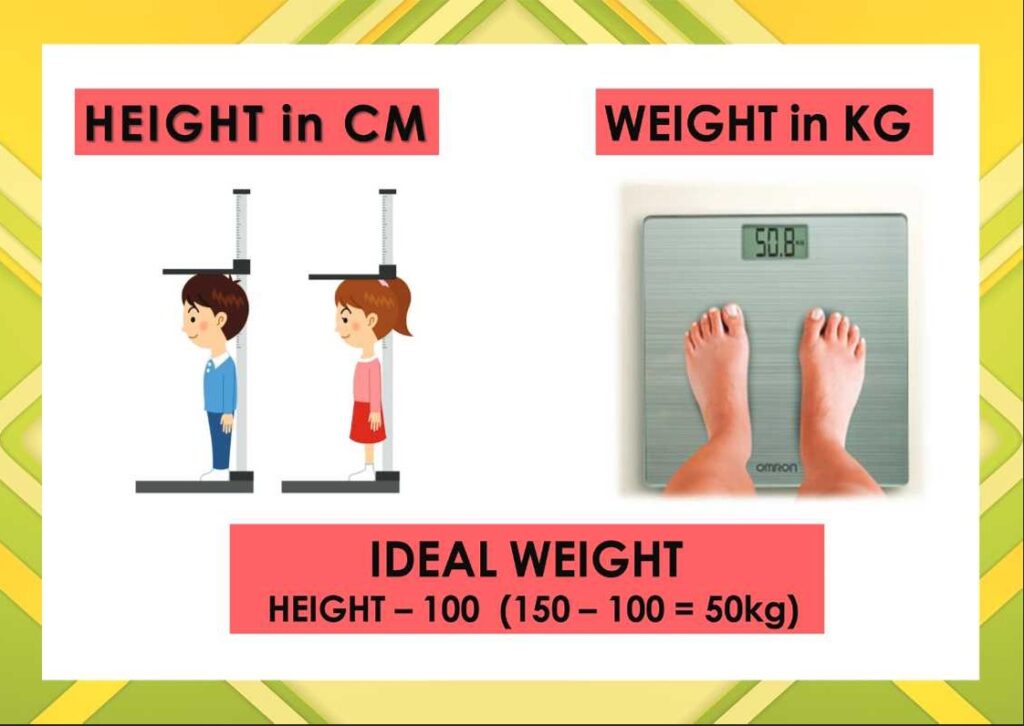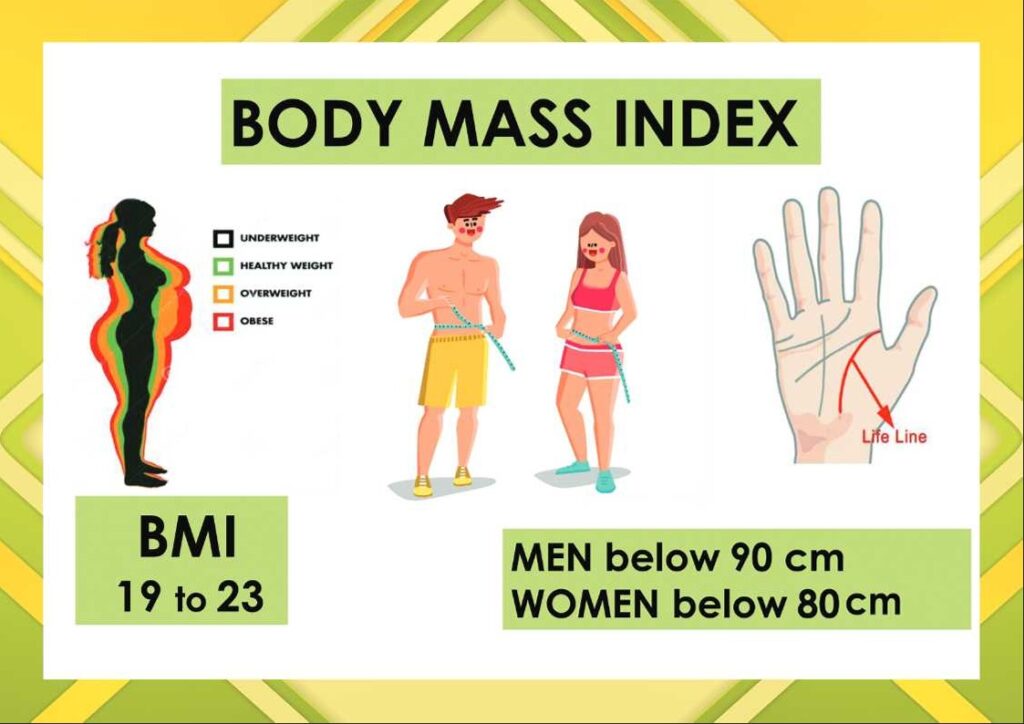Know your Body
“Being to tune with your body enables a proactive approach to wellness”

WEIGHT
Achieving and maintaining an ideal weight is crucial for all health and well – being. Striking a balance between a healthy diet and regular physical activity is key to reaching and sustaining this weight. Beyond the aesthetic aspects maintaining an ideal weight contributes to a reduced risk of various health issues . It enhances energy levels promotes better sleep and positivity impacts mental health embracing . A holistic approach that focuses on sustainable lifestyle changes fosters not only an ideal weight but also a healthier and more fulfilling life.
FAT
Fat is a natural substance found in the body and is an essential part of a healthy diet. It’s a concentrated source of energy, providing more than twice the number of calories per gram compared to carbohydrates and proteins. Fat serves several important functions in the body, including:
Energy Storage: Fat stores excess energy from food to be used later by the body when needed.
Insulation: Subcutaneous fat, located just beneath the skin, helps to insulate the body and maintain a stable body temperature.
Protection: Fat pads provide cushioning and protection for organs and bones.
Nutrient Absorption: Certain vitamins, such as vitamins A, D, E, and K, are fat-soluble, meaning they require fat for absorption and transport in the body.
However, not all fats are created equal. There are different types of fats, including unsaturated fats (found in foods like avocados, nuts, and olive oil) and saturated fats (found in animal products and some processed foods). Unsaturated fats are considered healthy and can have benefits for heart health when consumed in moderation. On the other hand, consuming too much saturated and trans fats (found in some processed and fried foods) can increase the risk of health problems.
Overall, it’s important to include healthy fats in your diet while limiting saturated and trans fats to maintain overall health and well-being.

VISCERAL FAT
Visceral fat is a type of fat that is stored deep within the abdomen, surrounding vital organs such as the liver, pancreas, and intestines. While some visceral fat is necessary to protect these organs and provide cushioning, excessive accumulation can lead to health problems.
Unlike subcutaneous fat, which is found just beneath the skin and can be pinched, visceral fat is hidden and not visible from the outside. Excess visceral fat has been linked to various health issues.
When it comes to diet and lifestyle, reducing visceral fat often involves similar strategies as reducing overall body fat, such as eating a balanced diet low in processed sugars and unhealthy fats, engaging in regular physical activity, managing stress levels, and getting enough sleep. However, certain dietary factors, such as consuming excess sugary beverages and refined carbohydrates, may specifically contribute to visceral fat accumulation.
In summary, while visceral fat plays a role in protecting organs, excessive accumulation can have negative health consequences. Managing visceral fat through lifestyle interventions, including diet and exercise, is crucial for overall health and well-being.

bODY mASS iNDEX
BMI, or Body Mass Index, is a widely used measure to assess an individual’s body weight in relation to their height. Calculated by dividing one’s weight in kilograms by the square of their height in meters, BMI provides a numerical indicator of body composition. While it is a convenient screening tool for assessing general health and identifying potential weight-related issues, it has its limitations and does not differentiate between muscle and fat. A BMI within the recommended range indicates a healthy weight, while values outside the range may suggest underweight or overweight conditions. It’s important to interpret BMI alongside other health indicators and consult with healthcare professionals for a more comprehensive understanding of one’s overall health and well-being. Regular monitoring of BMI can serve as a starting point for individuals seeking to make informed decisions about their lifestyle and weight management.
FINDING EXCESS FAT
Detecting excess fat in the body involves a combination of visual, physical, and numerical indicators. Here are some signs and methods to help identify excess body fat:
Visual Inspection:
- Look for changes in body shape, especially around the abdomen, thighs, and arms.
- Observe if there’s an increase in overall body size and a lack of muscle definition.
Waist-to-Hip Ratio:
- Measure your waist circumference and hip circumference.
- Calculate the waist-to-hip ratio (waist measurement divided by hip measurement).
- A higher ratio may indicate excess visceral fat.
Body Mass Index (BMI):
- Calculate your BMI by dividing your weight in kilograms by the square of your height in meters.
- A BMI outside the normal range may signal excess body fat.
Skinfold Thickness Measurements:
- Use calipers to measure skinfold thickness at various locations on the body.
- This method estimates body fat percentage based on the thickness of subcutaneous fat.
Professional Assessment:
- Consult with healthcare professionals or fitness experts for a comprehensive evaluation.
- They may use a combination of methods to assess body fat and overall health.



